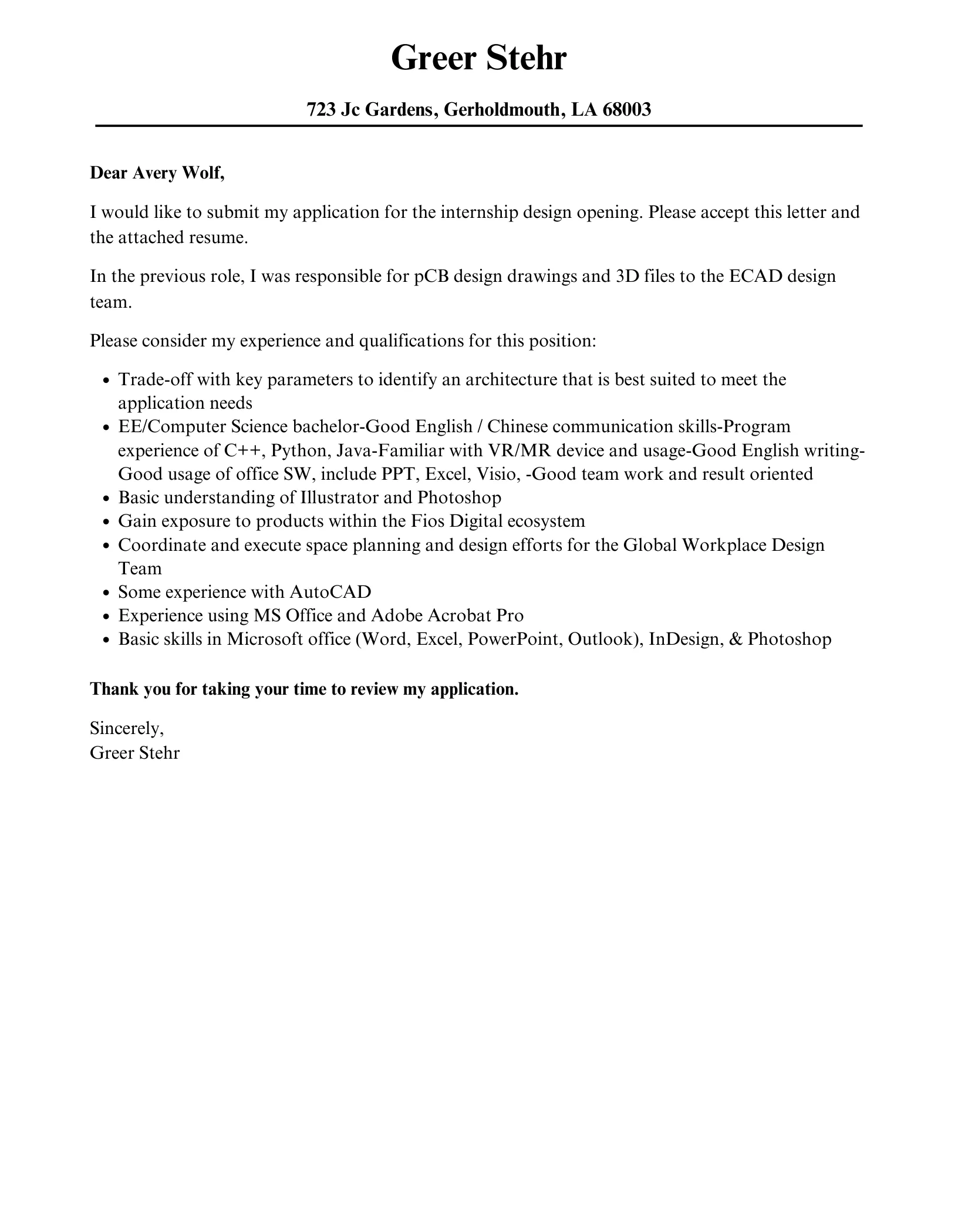Cover Letter Design Internship Top 5 Tips
Securing a cover letter design internship is a competitive process, but a well-crafted cover letter can significantly increase your chances. A visually appealing and strategically designed cover letter not only showcases your design skills but also demonstrates your understanding of design principles and your ability to communicate effectively. This article will give you the top 5 tips to create a cover letter that grabs attention and gets you noticed by potential employers. These tips cover everything from understanding the fundamentals of cover letter design to showcasing your design skills effectively. Follow these strategies, and you’ll be well on your way to landing that coveted internship.
Tip 1 Understand the Basics of Cover Letter Design
Before diving into the design, it’s essential to grasp the core principles of a cover letter. This includes the purpose of the cover letter which is to introduce yourself, highlight your key skills and experiences, and express your interest in the specific internship. It is your initial introduction. Understanding these basics will provide a solid foundation for your design efforts, ensuring that your cover letter is not only aesthetically pleasing but also effective in communicating your message. Your design choices should always serve the purpose of the cover letter and enhance its readability and impact.
Importance of a strong cover letter
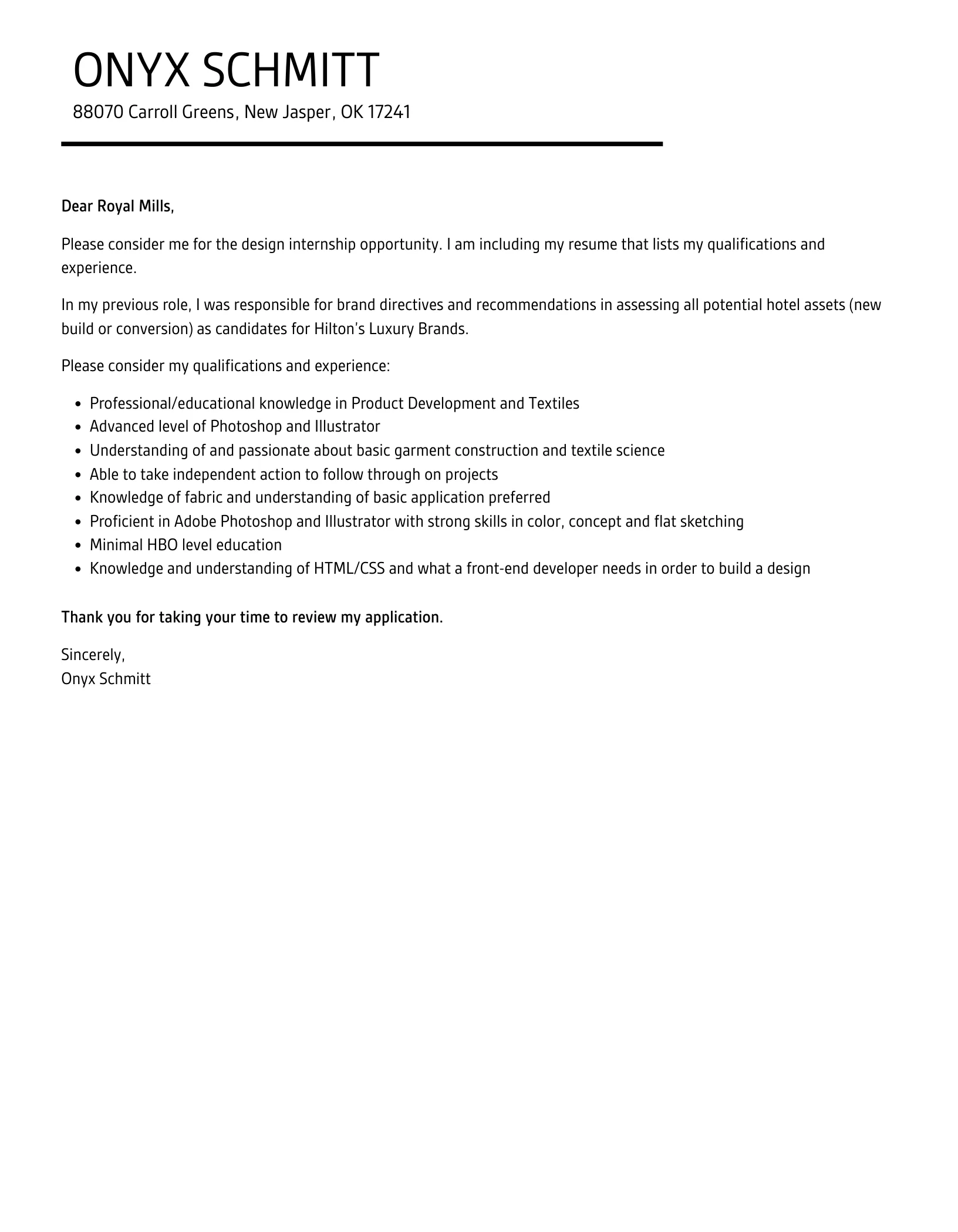
A strong cover letter is crucial for making a positive first impression. It’s the first document a potential employer sees, and it sets the tone for your application. A well-designed cover letter can quickly capture the reader’s attention and make you stand out from the crowd. It provides an opportunity to articulate your enthusiasm for the internship and demonstrate your understanding of the company’s needs and values. A weak cover letter can lead to immediate rejection, while a strong one can open doors to an interview and ultimately, the internship.
Key elements of a cover letter
The key elements include your contact information, a professional greeting, a compelling opening paragraph, body paragraphs that highlight your relevant skills and experiences, and a strong call to action. Each element contributes to the overall impact of your cover letter, and the design should be integrated with the content. The design should complement the content, improving readability and guiding the reader’s eye through the information. Consider your target audience, use clear and concise language, and ensure your design choices are aligned with the company’s branding or your personal brand.
Tip 2: Master Typography and Font Choices
Typography is a fundamental aspect of cover letter design, and choosing the right fonts can significantly impact readability and visual appeal. Fonts communicate personality, and they can either enhance or detract from your message. The goal is to select fonts that are both readable and aesthetically pleasing, creating a professional and polished look. When selecting fonts, think about how well they work together and how they reflect your personal design style, ensuring that they align with the tone and purpose of your cover letter.
Choosing the right fonts for readability
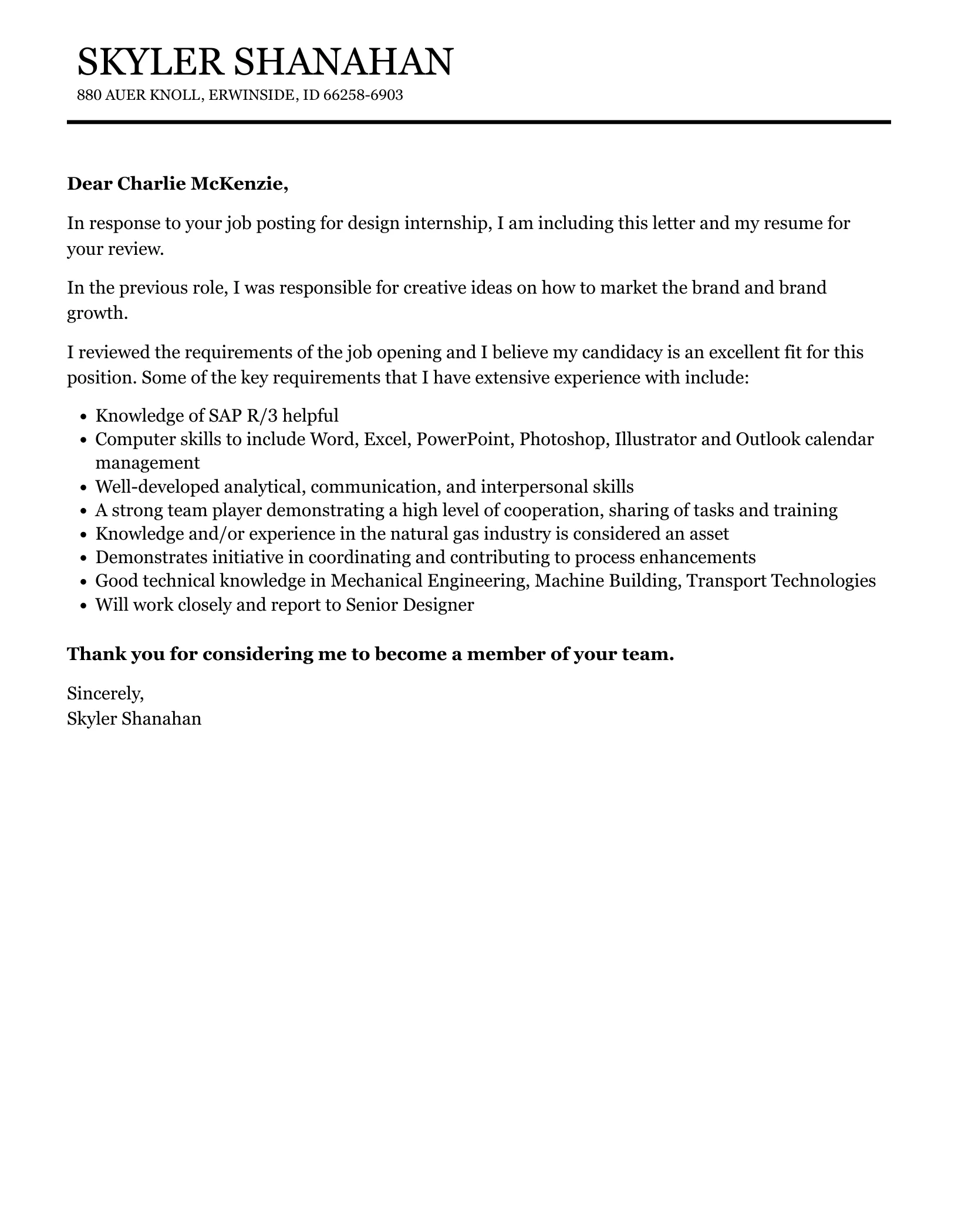
Readability is paramount, so opt for fonts that are easy to read at various sizes and on different devices. Sans-serif fonts like Arial, Helvetica, or Open Sans are often excellent choices for body text, as they are clean and clear. Serif fonts such as Times New Roman or Georgia can also be used, especially for headings. The key is to test your font choices at different sizes and in different contexts to ensure that your cover letter remains easy to read. Ensure the font size is appropriate, typically between 10 and 12 points for body text, and use adequate line spacing for comfortable reading.
Font pairings that work well
Effective font pairings involve combining a heading font with a body font to create visual hierarchy. A good pairing complements each other without competing for attention. Consider pairing a strong, slightly bolder font for headings with a cleaner, more readable font for the body text. Tools and resources are available online to help you find the perfect font pairings. Websites like Google Fonts offer numerous font options and pairing suggestions, so you can explore different combinations until you find the perfect match for your cover letter.
Tip 3: Layout and Visual Hierarchy
The layout of your cover letter is critical for guiding the reader’s eye and conveying information clearly. A well-structured layout makes your cover letter easy to navigate, emphasizes key points, and presents your information in an organized manner. This includes the use of headings, subheadings, white space, and other design elements to create a visual hierarchy. A thoughtful layout will not only enhance readability but also make your cover letter more engaging and memorable.
Creating a clear visual flow
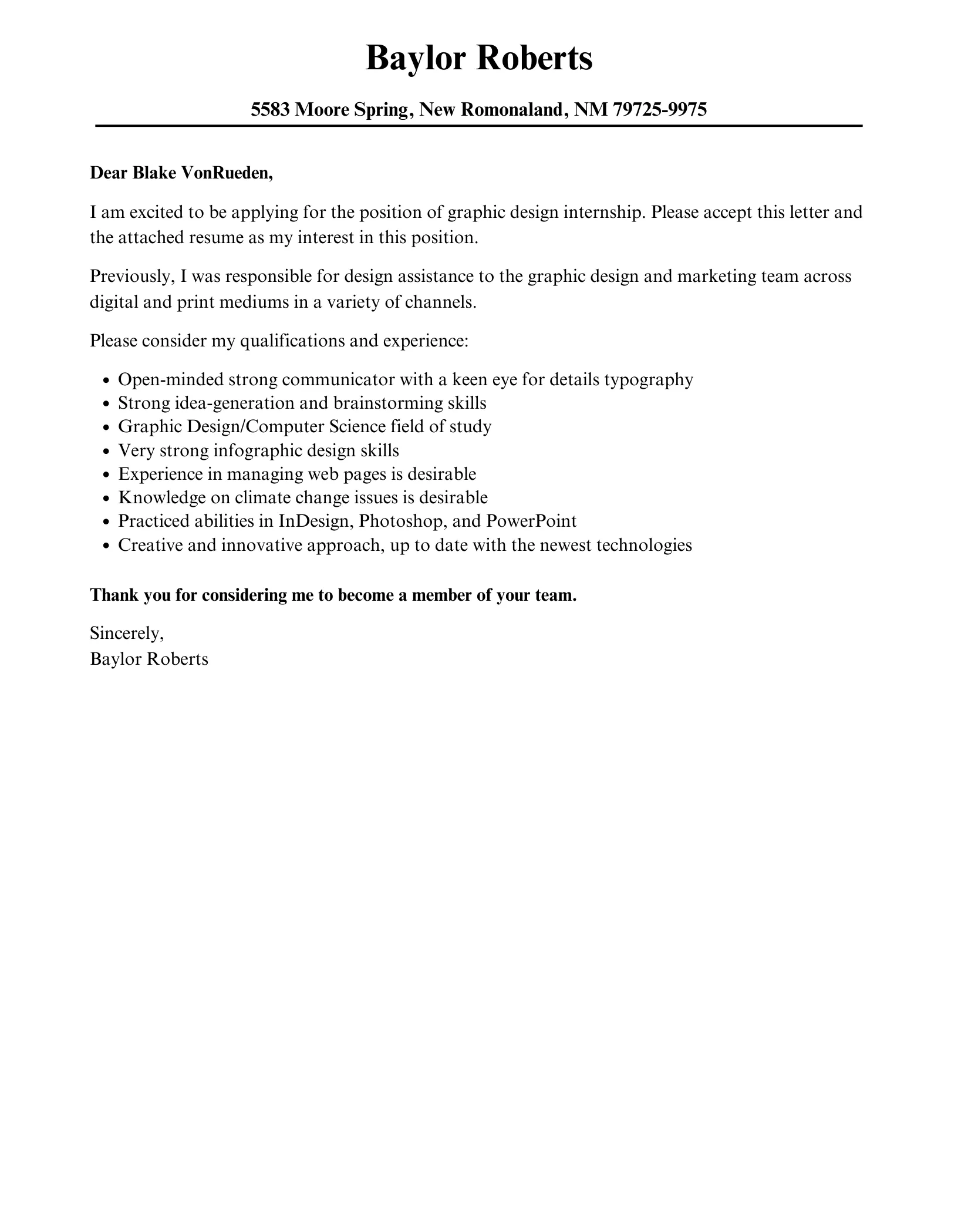
Use a logical structure, such as headings and subheadings, to break up your text and guide the reader through your cover letter. Start with an engaging opening paragraph, followed by body paragraphs that highlight your skills and experiences, and conclude with a call to action. Ensure the design elements, such as font sizes, colors, and spacing, are consistent throughout the document. This consistency enhances readability and conveys a sense of professionalism. Utilize bullet points or numbered lists to present information in a concise and easy-to-read format, making important details stand out.
Using whitespace effectively
Whitespace, also known as negative space, is the empty space between elements in your design. Effective use of whitespace is crucial for creating a clean and uncluttered look. Whitespace can prevent your cover letter from appearing overwhelming and give the reader’s eyes a place to rest. Use whitespace around headings, paragraphs, and other design elements to create visual breathing room. Increase the line spacing and paragraph spacing to further enhance readability. Balance the use of whitespace with other design elements to achieve an aesthetically pleasing and functional layout.
Tip 4: Design with the Employer in Mind
Tailoring your design to the specific employer or company is an essential step in making a strong impression. This shows that you’ve done your research and that you are genuinely interested in the internship and the company. Consider the company’s branding, values, and industry when making design choices. The goal is to demonstrate that your design skills are aligned with their needs and that you understand their brand identity. Researching the company’s brand and adapting your design accordingly can make a substantial difference in getting the internship.
Researching the company’s brand
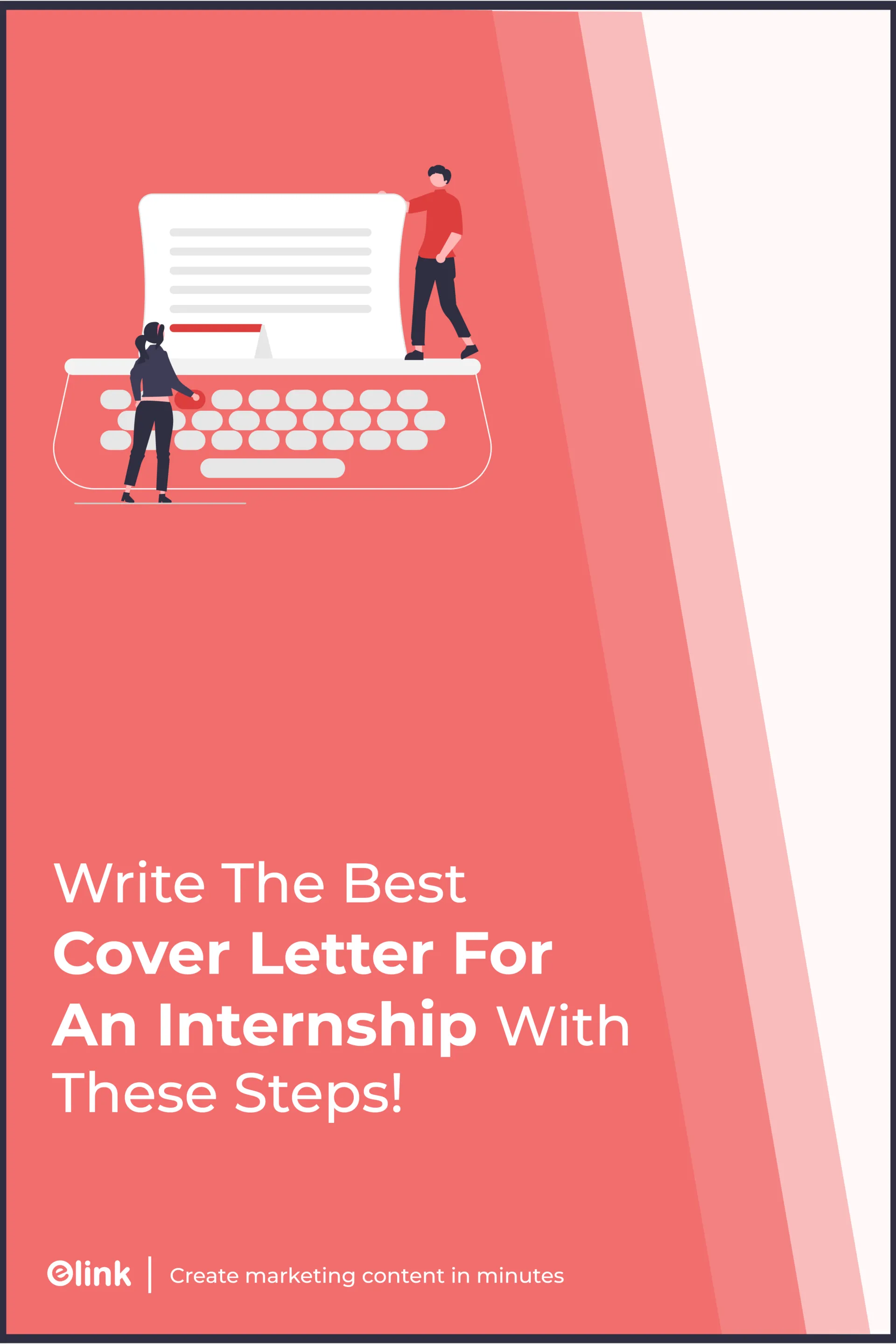
Before starting your design, research the company’s website, social media profiles, and any other available resources to understand their brand identity. Pay attention to their color palettes, typography, visual style, and overall tone. If the company has a style guide, try to incorporate elements from it into your cover letter design. Understanding the company’s brand will allow you to create a cover letter that seamlessly integrates with their brand identity. If the company is creative or has a distinctive style, you can reflect that in your design; otherwise, maintain a professional and clean approach.
Tailoring your design to their style
Once you understand the company’s brand, adapt your cover letter design to align with their style. Use similar colors, fonts, and layouts. If the company uses a specific color scheme, incorporate those colors into your design. Choose fonts that are consistent with their branding. If the company’s brand is more modern and minimalist, opt for a clean and uncluttered design. If their brand is more traditional, lean towards a more classic layout. The key is to create a cohesive and professional cover letter that shows you can adapt your design skills to match different brand styles, which is a highly valued skill in the design field.
Tip 5: Showcase Your Design Skills
Your cover letter is the ideal place to showcase your design skills and demonstrate your ability to create visually appealing and effective designs. Use this opportunity to highlight your best work, demonstrate your understanding of design principles, and express your creativity. Incorporate elements that showcase your skills and create a visually striking cover letter. Your cover letter’s design should serve as a portfolio sample, demonstrating your skills and capabilities, which makes it a crucial piece of your application package.
Highlighting relevant projects
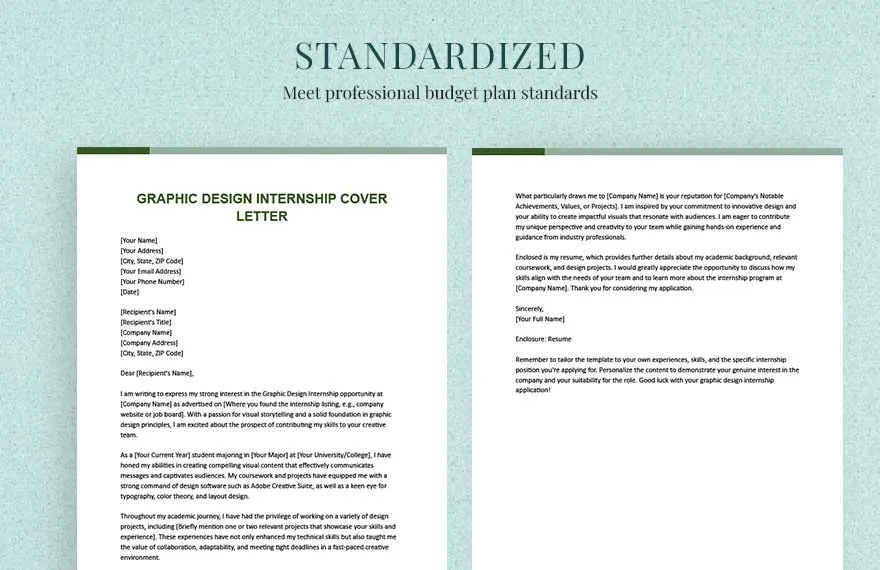
Include links to your portfolio or examples of your work. If you have designed cover letters before, include them as examples. If you have worked on any design projects that align with the internship’s requirements, such as branding, marketing, or web design, mention these projects and provide links. Show your designs in action, use visual aids that represent your design experience. By highlighting relevant projects, you make it easier for the employer to assess your skills and determine if you are a good fit for the internship.
Including a strong call to action
End your cover letter with a strong call to action. The call to action directs the reader on what you want them to do next. This could be a request for an interview or a statement about your enthusiasm for the opportunity. The call to action can encourage the reader to contact you, visit your portfolio, or take the next step in the hiring process. Make sure your call to action is clear, concise, and easy to follow, motivating the employer to take action.
By following these five tips, you will be able to create a cover letter that stands out and highlights your skills. Remember to research the company, master typography, create a clear layout, and showcase your best work. Good luck with your internship applications!
